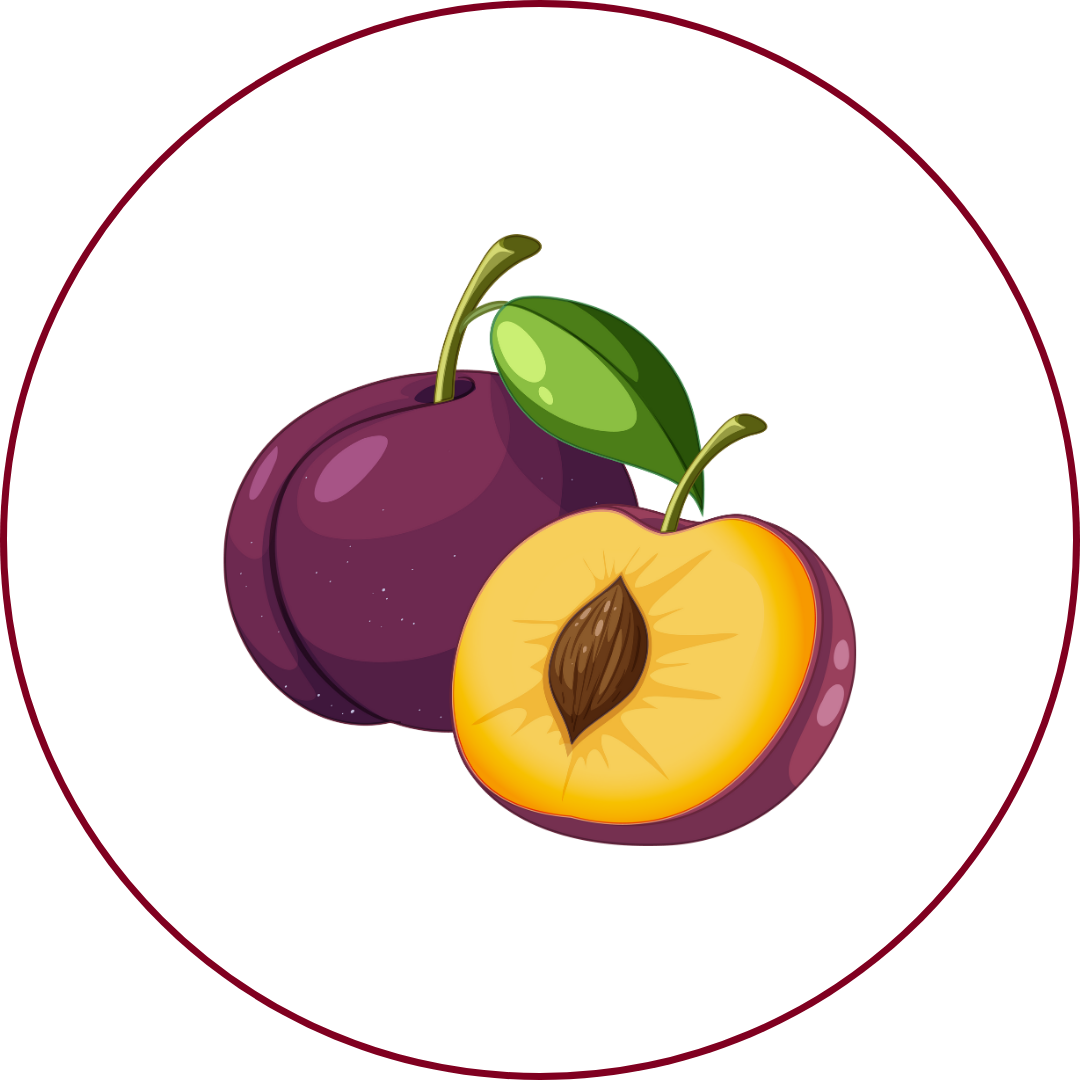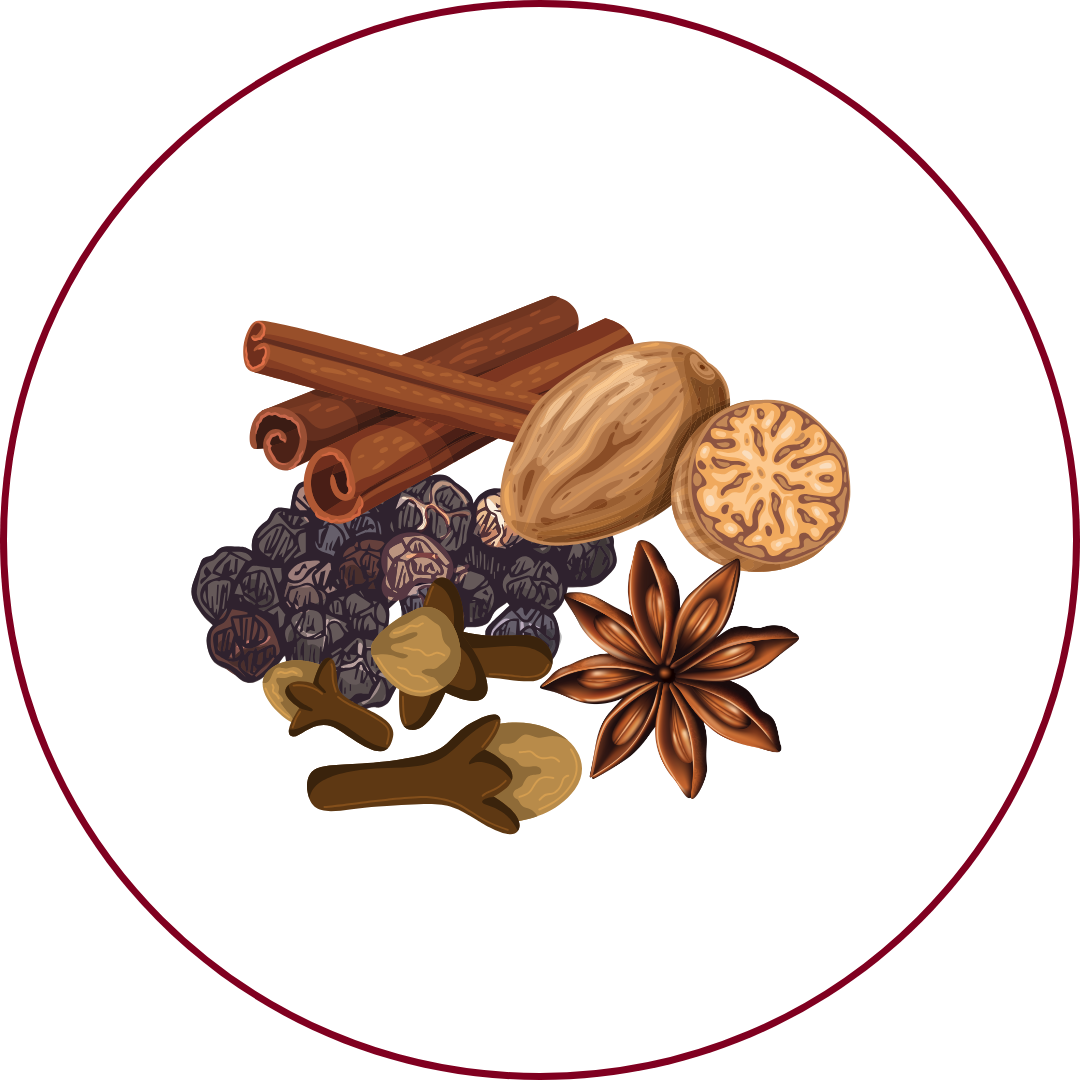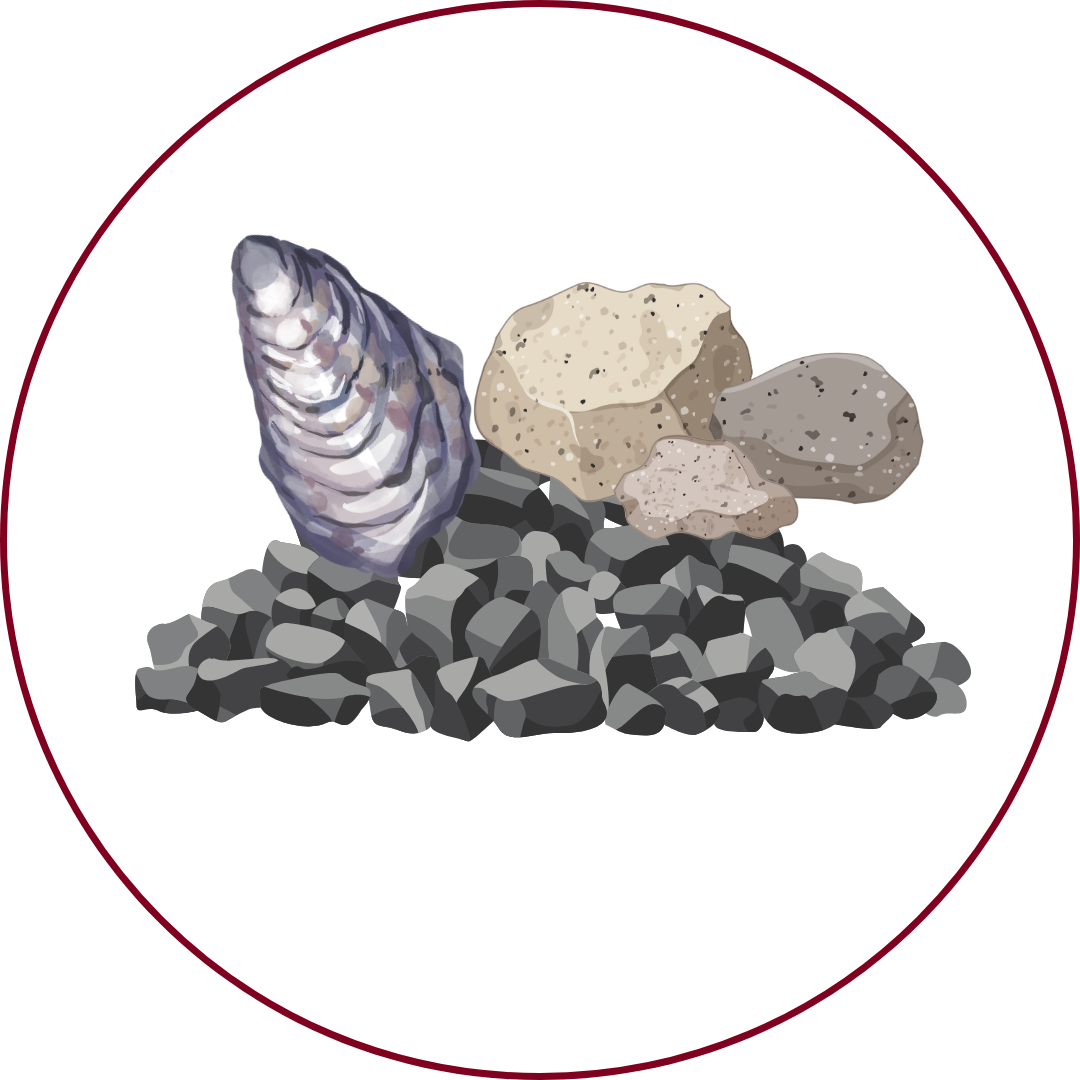Grape Variety
Tannat
"tah-NAHT"
Wine Styles
 Sparkling
Sparkling Light White
Light White Full White
Full White Aromatic
Aromatic Rosé
Rosé Light Red
Light Red Medium Red
Medium Red Full Red
Full Red Dessert
DessertAbout Tannat
Origin
Southwest France
History
Tannat is a red wine grape historically grown in Southwest France, particularly in the Madiran AOC. It is now one of the most prominent grapes in Uruguay, where it is considered the 'national grape.' Tannat is also grown in Argentina, Australia, Brazil, Bolivia, Peru, South Africa, and in the Italian region of Apulia, where it is used as a blending grape. In the United States, plantings have increased in states like California, Maryland, and Virginia.
Appearance
Small to medium-sized, thick-skinned, deep blue-black berries forming compact clusters.
Growing Traits
Tannat is a vigorous variety that is usually pruned long and must be trellised. It is considered a moderately late variety, reaching peak ripeness rather late, some 3½ weeks after Chasselas. The grape thrives in well-drained soils and benefits from controlled yields to enhance concentration and quality.
Wine Characteristics
Body
5/5
Sweetness
1/5
Tannin
5/5
Acidity
4/5
Alcohol
4/5
Full-bodied with a robust structure, offering depth and intensity. Typically vinified dry, though it is also used in fortified wines like Port, which exhibit higher sweetness levels. High tannin levels, contributing to a firm and structured mouthfeel. Medium to high acidity, providing freshness and balance to its bold flavors. Moderate to high alcohol content, generally ranging from 13% to 15%, depending on the winemaking style and region.
Taste Profile

Blackberry

Plum

Smoke

Spices

Mineral
Tannat wines are characterized by their deep color and intense flavor profile. Common tasting notes include blackberry, plum, smoke, and dried spices. The high tannin levels contribute to a firm and structured mouthfeel, while the acidity provides balance and freshness. In regions like Uruguay, Tannat wines may exhibit softer berry qualities due to the temperate climate.
Food Pairing
Tannat's bold flavors and high tannins make it an excellent match for rich and hearty dishes. It pairs well with roasted or stewed red meats, wild mushrooms, and strong aged cheeses like Roquefort. In Uruguay, the wide variety of Tannat expressions means more versatility in food pairings. Lighter, younger styles are a striking pair for simply grilled meats, with spices to match Tannat’s naturally spicy-tobacco flavors.
Growing Regions

France
MadiranIrouléguy

Uruguay
CanelonesMaldonado

Argentina
Salta

United States
CaliforniaVirginia

Australia
Barossa ValleyMcLaren Vale
Notable Wines & Producers
Bodega Garzón Tannat
Bodega Garzón
Château Montus Madiran
Alain Brumont
Pisano RPF Tannat
Pisano Family Vineyards
Tannat FAQ
Common questions about this grape variety
What is the origin of Tannat?
+
Southwest France
Is Tannat wine full bodied?
+
Tannat has a body level of 5 out of 5. Which means that Tannat is Full bodied.
Is Tannat wine dry or sweet?
+
Tannat has a dryness level of 1 out of 5. Which means that Tannat is Dry.
Where is Tannat wine from?
+
Southwest France
Where is Tannat grown?
+
Tannat is grown in France (Madiran, Irouléguy)Uruguay (Canelones, Maldonado)Argentina (Salta)United States (California, Virginia)Australia (Barossa Valley, McLaren Vale).
What is Tannat like?
+
Tannat wines are characterized by their deep color and intense flavor profile. Common tasting notes include blackberry, plum, smoke, and dried spices. The high tannin levels contribute to a firm and structured mouthfeel, while the acidity provides balance and freshness. In regions like Uruguay, Tannat wines may exhibit softer berry qualities due to the temperate climate.
What does Tannat pair with?
+
Tannat's bold flavors and high tannins make it an excellent match for rich and hearty dishes. It pairs well with roasted or stewed red meats, wild mushrooms, and strong aged cheeses like Roquefort. In Uruguay, the wide variety of Tannat expressions means more versatility in food pairings. Lighter, younger styles are a striking pair for simply grilled meats, with spices to match Tannat’s naturally spicy-tobacco flavors.
What does Tannat taste like?
+
Tannat wines are characterized by their deep color and intense flavor profile. Common tasting notes include blackberry, plum, smoke, and dried spices. The high tannin levels contribute to a firm and structured mouthfeel, while the acidity provides balance and freshness. In regions like Uruguay, Tannat wines may exhibit softer berry qualities due to the temperate climate.
Take Tannat Knowledge with You
Access detailed grape profiles, tasting notes, and pairing suggestions on your iPhone.
Download on theApp Store